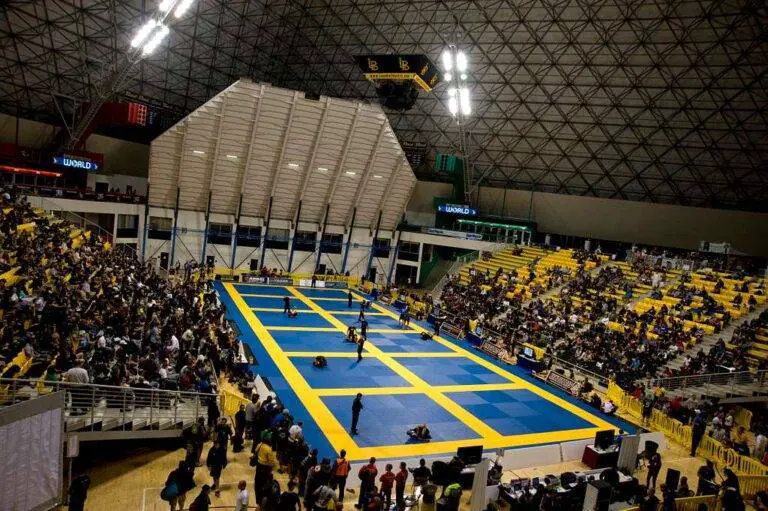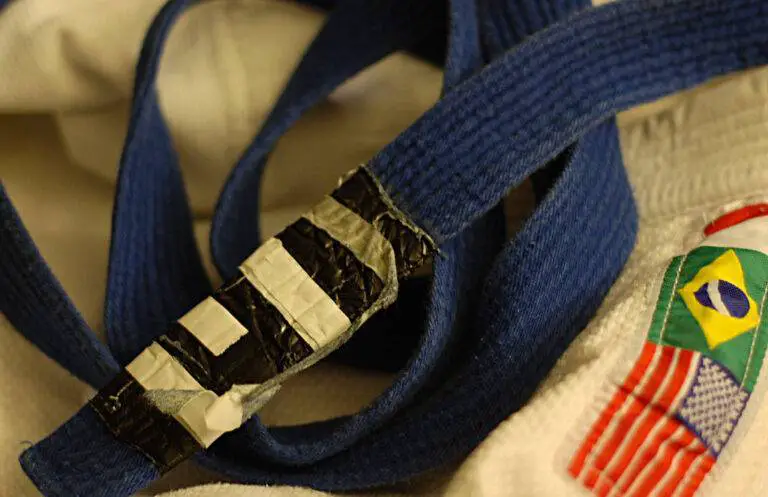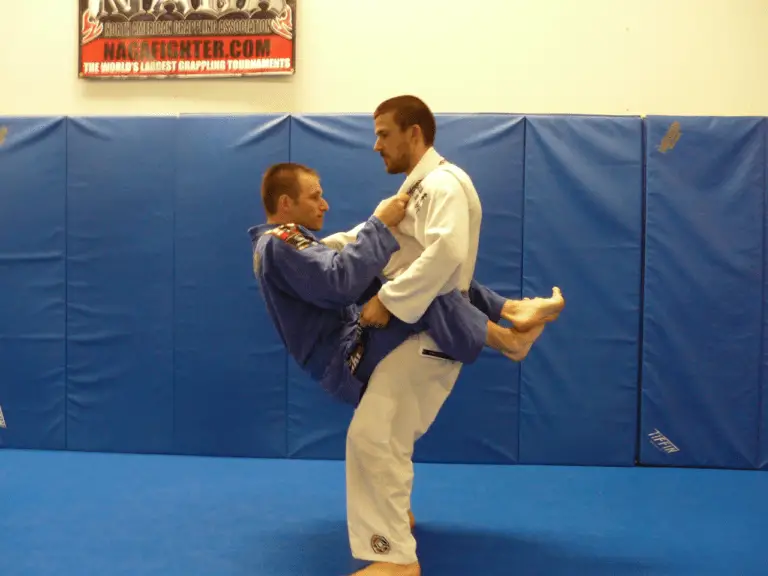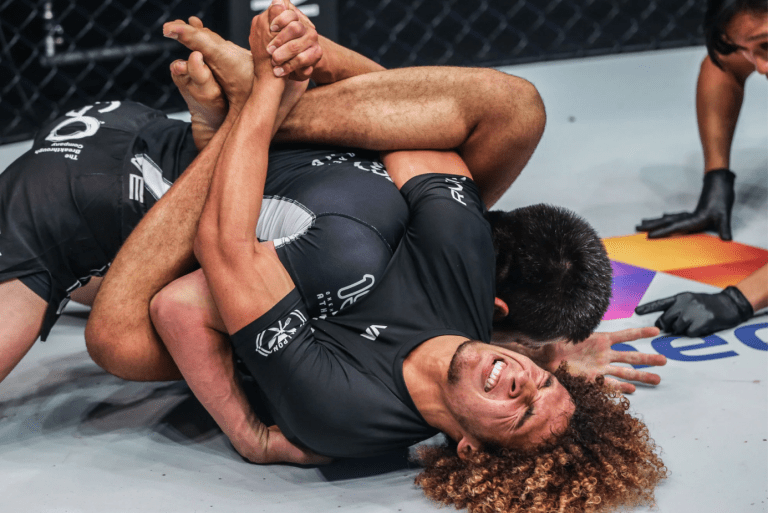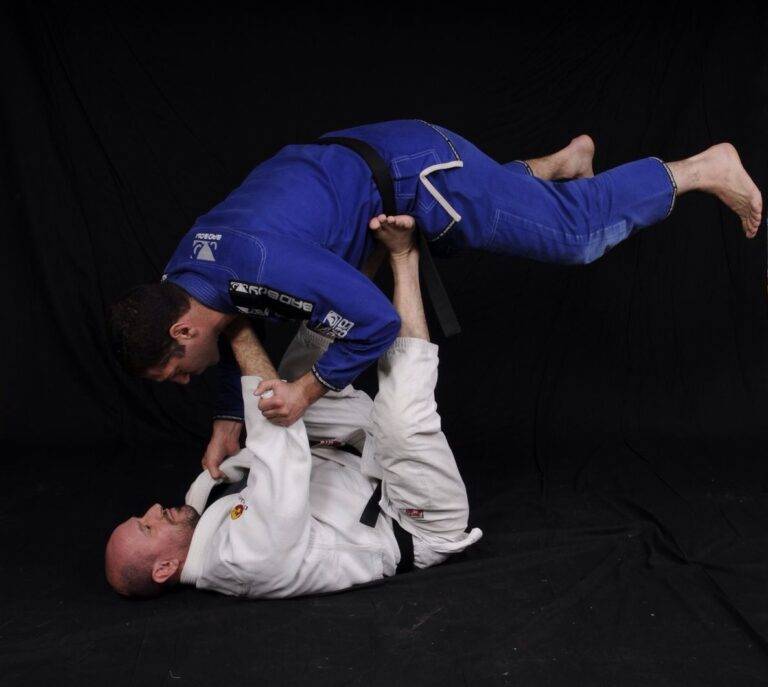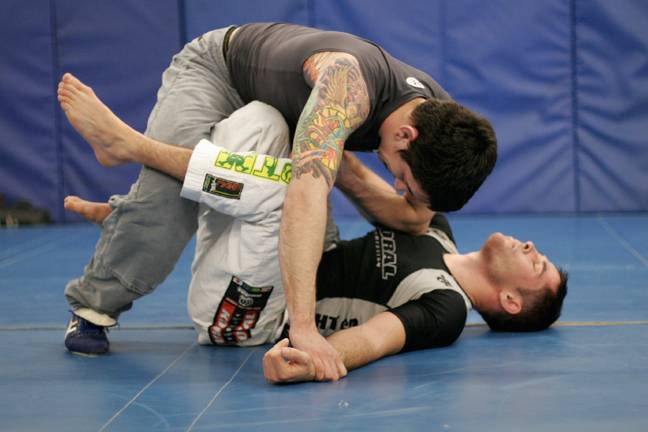How much are Brazilian Jiu Jitsu classes?
The cost of jiu-jitsu training varies depending on the age of the practitioner and the location of the academy. Since BJJ has exploded in popularity over the last 10+ years, you will now find an academy in almost every major city in the world, and in many smaller cities and regions.
In the US, the cost of a monthly membership on average will cost approximately $175-$200.
Let’s look at some common factors that can affect the cost of jiu-jitsu training include:
- Length of contract (month-to-month, 6/12/24 months paid monthly or in full)
- Number of classes per week and attendance options (limited or unlimited)
- Competition team options
- Discounts for family or group sign ups
- First Responder/Law Enforcement/Military discounts
- Enrollment or initiation fees
- Uniform (Gi) fees
Obviously the cost of membership will vary largely from one country or region to another, but to give you a general idea we will look at some average/estimated costs in the context of the US (in this example, a school based in California).
Here is a breakdown of typical monthly costs for jiu-jitsu classes in the Southern California region:
- 3-5 year old toddler classes: $55-$130/month
- 5-16 year old kids classes: $149-$189/month
- 16+ adult classes: $159-$229/month
Additional costs to consider when signing up for jiu-jitsu classes include enrollment fees, which can range from $50 to $250, and uniform fees. Some schools will have one or the other, maybe even both.
Other costs to consider when starting
The costs associated with starting Brazilian Jiu Jitsu are not as high as other sports. For example if you were to start with Football or Hockey, there would be significant costs associated with getting the right gear and equipment.
The Gi (Kimono)
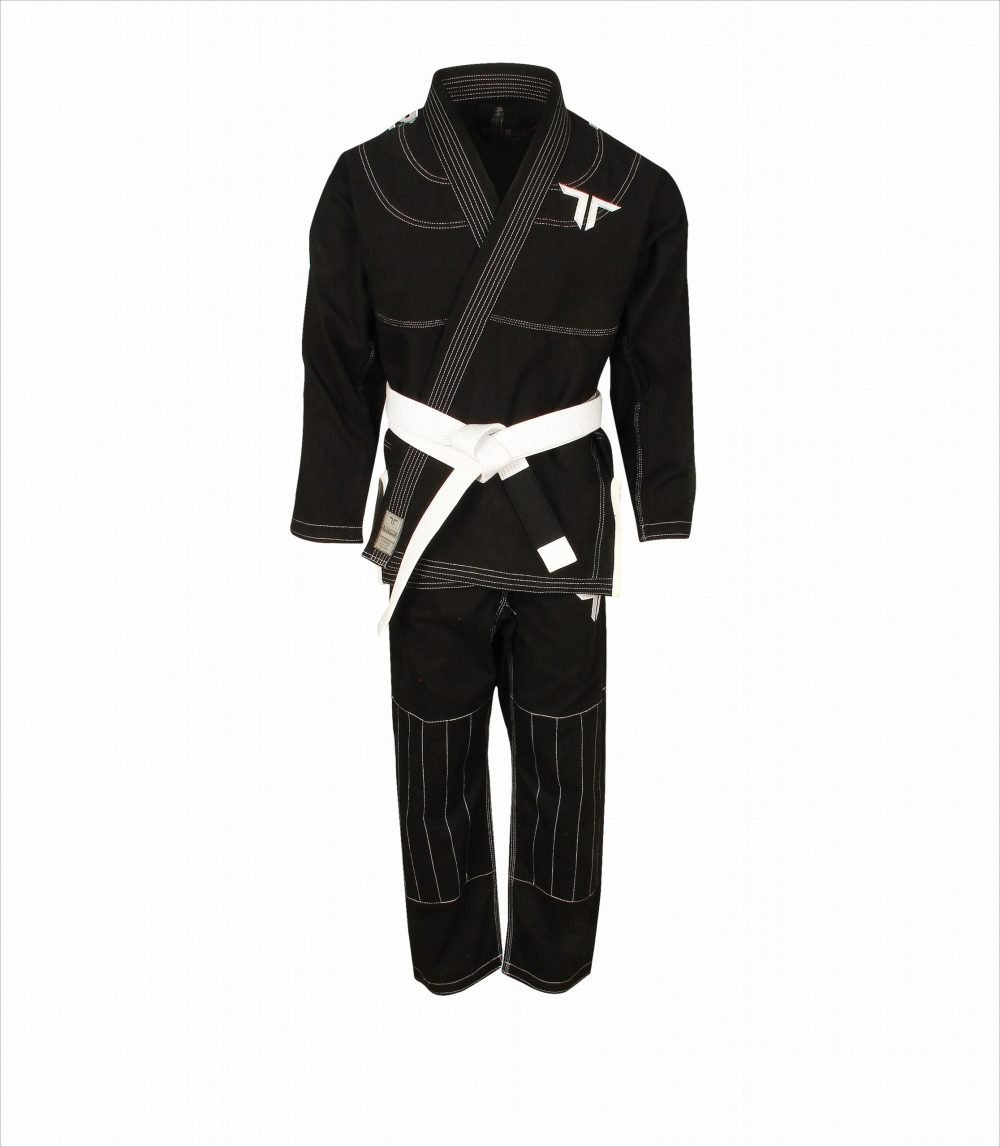
In BJJ your most essential upfront cost will be the uniform – this is known as a Gi or Kimono.
Some schools will have a mandatory uniform policy, meaning you must wear their team Gi. If this is the case, the cost of the Gi will usually be included in your sign up fee, or it will be included for free.
But in most cases it’s up to you for bring your own Gi. This is good because nowadays there are so many options out there. You can buy a new Gi from a BJJ-specific brand, or if you really want to save money you can buy a second hand one from eBay or Facebook Marketplace.
Protective Gear
While there is no striking in BJJ, it is still a contact sport, and many people choose to wear protective gear such as a mouthpiece (to protect the teeth), a cup (to protect the groin) or headgear (to protect the ears).
While the cup is optional (and can actually be annoying to wear), it’s definitely recommended to wear a mouth piece to protect those pearly whites!
If you are worried about getting cauliflower ear (some people think it’s a badge of honour, just saying), consider getting wrestling headgear or a rugby scrum cap. Check out this post about cauliflower ear to learn more about how to prevent it.
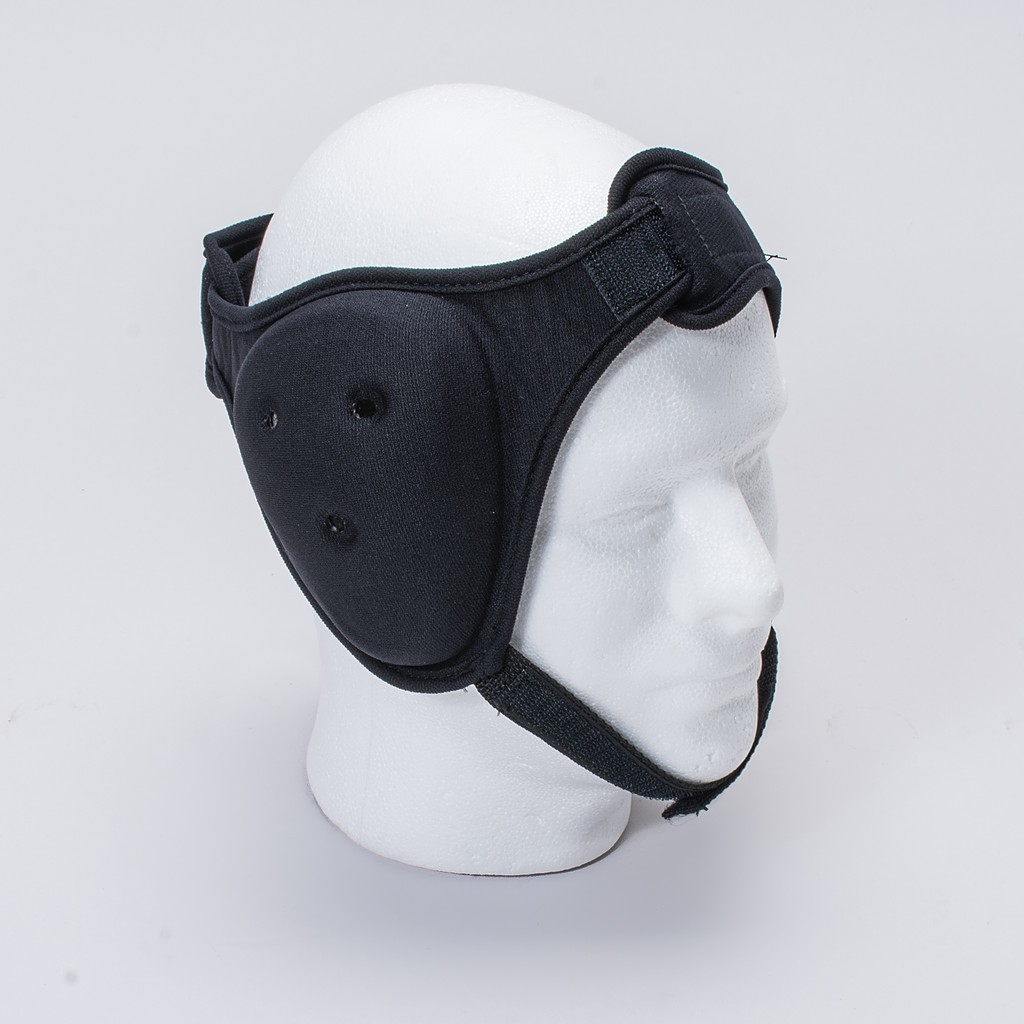
Things to consider when buying a new BJJ Gi (Kimono)
When buying a new Gi here are some things to consider:
- Fit: A Gi or Kimono should fit well and be comfortable to wear during training. It should not be too loose or too tight.
- Material: The Gi should be made of durable material that can withstand the rigors of Jiu Jitsu training. Cotton is a common material used in Gis and Kimonos, but some may also be made of synthetic materials.
- Weight: The Gi should be the appropriate weight for your training needs. Some Gis and Kimonos are designed to be lightweight, while others are heavier and more durable.
- Style: Gis come in a variety of styles, including single and double weave, and with or without a rash guard lining. Consider your personal style preferences when choosing a Gi or Kimono.
- Brand: There are many different brands of Gis available, each with its own unique features and qualities. Consider the reputation of the brand and read reviews from other customers before making a purchase.
- Price: Gis can range in price from relatively affordable to quite expensive. Consider your budget and the value that a Gi or Kimono offers in terms of fit, material, weight, and style before making a purchase.
- Buggy Choke: The Complete Guide - March 6, 2024
- Jiu Jitsu World League: Your Complete Guide - March 5, 2024
- How much do UFC referees make? A comprehensive guide - March 5, 2024


